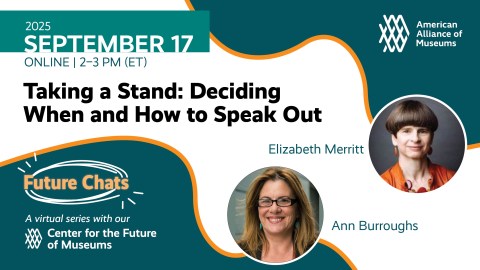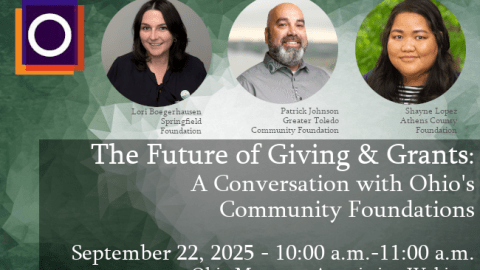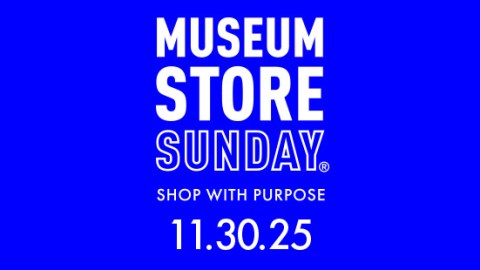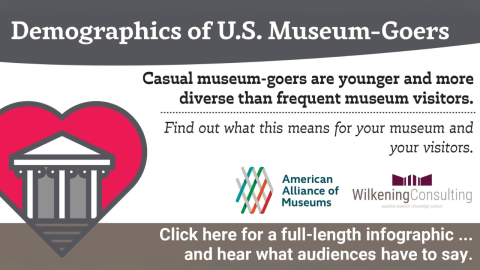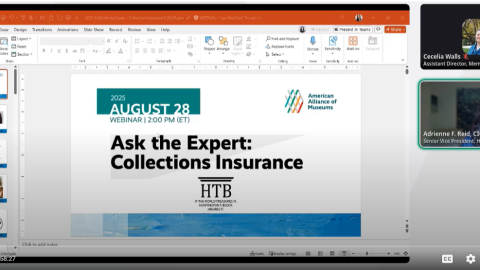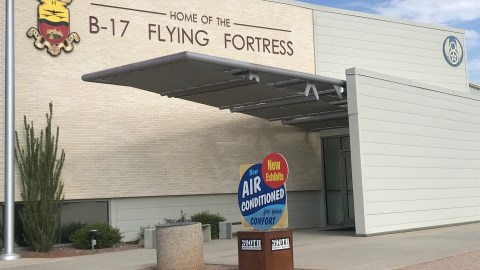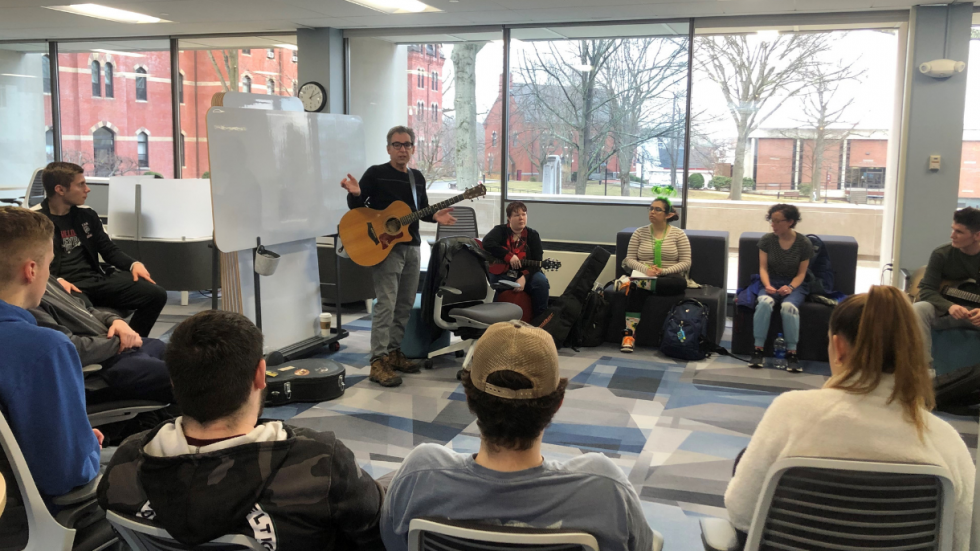
While I’m compiling my fantasy guest blog list to build out the themes of CFM’s newest report, TrendsWatch: Building the Post-pandemic World, generous people from inside and outside our sector continue to share work related to topics introduced in last year’s report: Museums as Community Infrastructure. In today’s post, co-founders Alexandra Orlandi and Paul Piwko tell us about a new museum project that helps foster mental health for all in communities across the US.
–Elizabeth Merritt, VP Strategic Foresight and Founding Director, Center for the Future of Museums
Have you ever taken part in that trust-building exercise where you stand upright, fold your arms across your chest, and allow your weight to fall backward, into the hands of unseen others? What would happen if a start-up museum threw its weight backward and trusted fully in the helping hands of collaboration?
As co-developers of the National Museum of Mental Health Project (NMMHP), we have put this scenario to the test. A museum-without-walls whose mission is “strengthening mental health literacy through the arts nationwide by bringing the exhibition to you,” we stake our existence on collaborations with other museums, creative communities, advocacy organizations, educational institutions, college students, and those with lived experience with mental illness, among others. Even our “co-developer” titles reflect this philosophy, inspired by the collaborative “open source” concept in software engineering and its ethos of shared creating.
Our research on the positive impacts of museum exhibitions and programming about mental health has convinced us that this deep collaboration on mental-health-related efforts, within and beyond the museum community, works better than going it alone. As with many personal mental health journeys—where asking for help opens the door to sharing, learning, community, and recovery—collaboration yields better results than isolation.
In this moment of mental health crisis, the museum sector is wealthy with the bricks and mortar to make a difference, but has made relatively little investment in the literacy needed to achieve this. To fill this gap, we have developed a cooperative museum that is a studio for, and repository of, shareable content and programming focused upon mental health which other institutions can use and learn from.
Our initial collaborative exhibition—I Get It—and programming—the Community Songwriting for Mental Health College Tour—went into “soft launch” this fall. Both involve collaborating, digitally and directly, with artists and everyday people to build programming and a collection of mental-health-related digital content. Both are designed to serve cultural, educational, and advocacy organizations who wish to curate efforts at the nexus of mental health and the arts.
National Museum of Mental Health Project
The goal of our project is to create a national museum of mental health, but because we know this idea is too substantial to fit in one building or be created by one organization, we are approaching the task as an extensive, distributed collaboration.
After an initial museum vision in 2017, our process continued by reviewing, and working to spread the reach of, existing work in the area. A fellowship at Assumption University in 2018 allowed us to research the emerging wave of mental health exhibitions curated in art museums, science museums, galleries, and public spaces since the mid-2010s. We visited the largest, Mental Health: Mind Matters, and were privileged to interview innovators whose curatorial work and collaborations have created a nascent trend of exhibitions. (Imagine having the chance to meet your idols!)
We noticed some of these exhibitions, created via intricate collaborations, were displayed in just one location, despite apparent success. So as our first move, we decided to start helping extend their reach. In 2019, we launched www.nmmhproject.org to serve as a clearinghouse for compiling mental-health-related exhibitions, and started shining a spotlight on them by writing op eds in more than twenty-five newspapers in the US and Canada, including the Des Moines Register. Our mission continues to include paying it forward: “We develop exhibitions and are proudly committed to the research and success of those developed by other individuals and organizations…”
In this early phase, we also learned we were not the first to contemplate the idea of a national museum of mental health. A report by Alabama’s Department of Mental Health in 2009 articulated such a vision, to be located on the grounds of a shuttered mental hospital in Tuscaloosa, but it never happened. This may reflect the challenges in a place-based approach to such a museum. While former mental hospitals might seem like good candidates, many are located by design in out-of-the-way places that are suboptimal for the goal of creating widespread mental health literacy. Even in a major city, a national museum would confront the twofold challenge of finding investment funds for new bricks and mortar and creating a sustainable revenue stream tied to one location.
So, what if a national museum were designed instead to utilize a combination of dedicated online spaces and physical spaces owned and operated by others? Since 2018, our goal has been a distributed museum, taking inspiration from innovative voices such as Elizabeth Williams and Tracey Mitchell, of the National Food & Beverage Foundation. We also draw inspiration from online museums like Girl Museum, which gained interest for their advanced digital engagement work from traditional museums during COVID-19 shutdowns.
By 2020, rather than pouring cement for a new museum, we started taking concrete steps toward forming a museum-without-walls, built upon collaboration.
Mental Health Literacy—I Get It
We believe every human being possesses a mental health mosaic. Think of the realizations, strategies, perspectives, habits—and perhaps therapies and medicines—that help you be well. That is your mosaic. Every time a switch is flipped on within you, and your heart and mind look upon mental health—yours and others—with a deeper understanding, ability to manage, and increased empathy, you have an “I get it” experience. One person, one moment, one piece of a puzzle—this is how mental health literacy is advanced.
Our first collaborative exhibition for the project explores this theme. I Get It is a public art exhibition for the creative sharing of ideas about how to be well in the 2020s. Inspired by the AIDS Memorial Quilt, it is open to all forms of digital expression, whether through storytelling, the brush, the pen, the guitar, video messages, the camera, the dance floor, song, or other mediums that can be shared in a digital mosaic. While we applaud efforts to address mental health stigma, this exhibition is instead focused on mental health literacy. It is intended as a virtual support network and an oral and artistic history of wellness in the 2020s. Take a piece. Leave a piece. Build your mosaic.
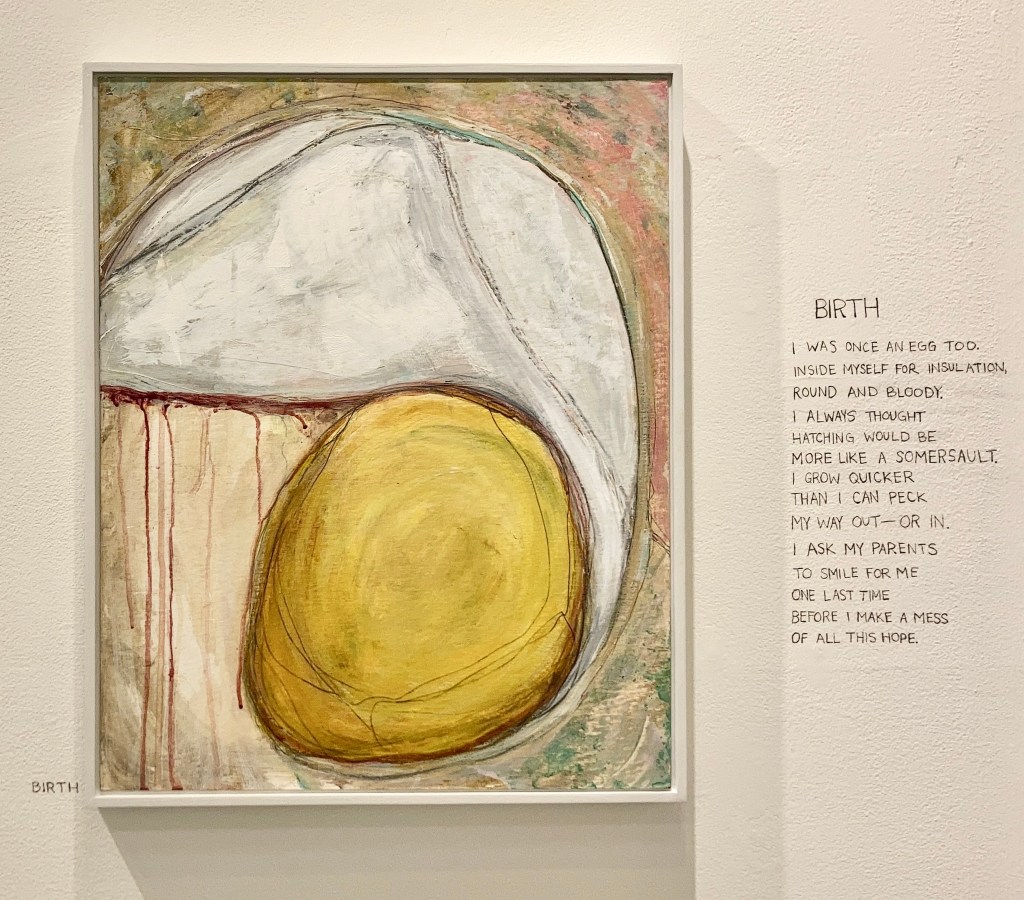
Though I Get It has only existed so far in a limited social-media-based sneak peek, with limited promotion of the call for submissions, we have already amassed a collection of digital content since 2021. A musician from England created the sneak peek’s theme song, “Be My Serotonin.” An artist from the Bay Area, who now lives in the Berkshires, created These Four Walls, a video of paintings and poems that explore personal growth and self-determination amidst challenging times. A television commercial actor created a video message about strategies for overcoming depression. A New Jersey songwriter submitted a song, “Because I’m Grateful,” about the benefits of gratitude. An author and mother from Baltimore, as well as a college student from Massachusetts, offered stories of recovery and wellness tips.
For now, the mosaic is created via video with an assist from editor Mishelle Hebshie and Adobe, but it will ultimately become a browsable website-based exhibition. Our sneak peek objectives are modest: provide a glimpse of I Get It, start up our social media and expand the call for submissions, and refine the virtual exhibition concept. A virtual exhibition kit is under development that can be licensed (free) to trustworthy institutions who wish to curate their own I Get It virtual exhibition with content from their respective artistic and geographic communities. A test of the licensing arrangement is planned with a school district.
Physical exhibitions of I Get It are in discussion. We seek collaborators among museums who possess an interest in mental health literacy and experience curating a digital collection in a physical/experiential form.
Community Songwriting for Mental Health
Programming offices help connect museums to their communities. They bring people, events, variety, and life to the museum. For a distributed museum, programming flows outward from the museum into the community via collaborations.
NMMHP has worked with New England music legend Mark Cutler and The Same Thing Project (TSTP) to develop the Community Songwriting for Mental Health College Tour. TSTP is one of the first organizations in the US dedicated to community songwriting, an art form that creates joy, belonging, togetherness—and music. Community songwriting is inherently collaborative—breaking down barriers and opening up communication. We developed the concept for the tour working alongside college students, one of whom helped define this art form:
Community songwriting (n.) (v.): Discovering one’s voice, alongside others, to create words and music for shared experiences and emotions—everyone becomes a songwriter. No music experience required.
During the 2022-23 academic year, the tour is developing on-campus collaborations in New England by working with university staff and student clubs, such as Active Minds chapters that focus upon mental health. Museums located on, or near, campuses would be wonderful venues.
While the rush is on to capture economic value via proprietary NFTs, we envision a different digital future. We believe the social value of museum efforts regarding mental health will be maximized digitally via widespread sharing and collaboration. Like building one’s mental health mosaic, this will be built one puzzle piece at a time.
Are you interested in collaborating with NMMHP on this important work? Reach out to us at nmmhproject@gmail.com.
